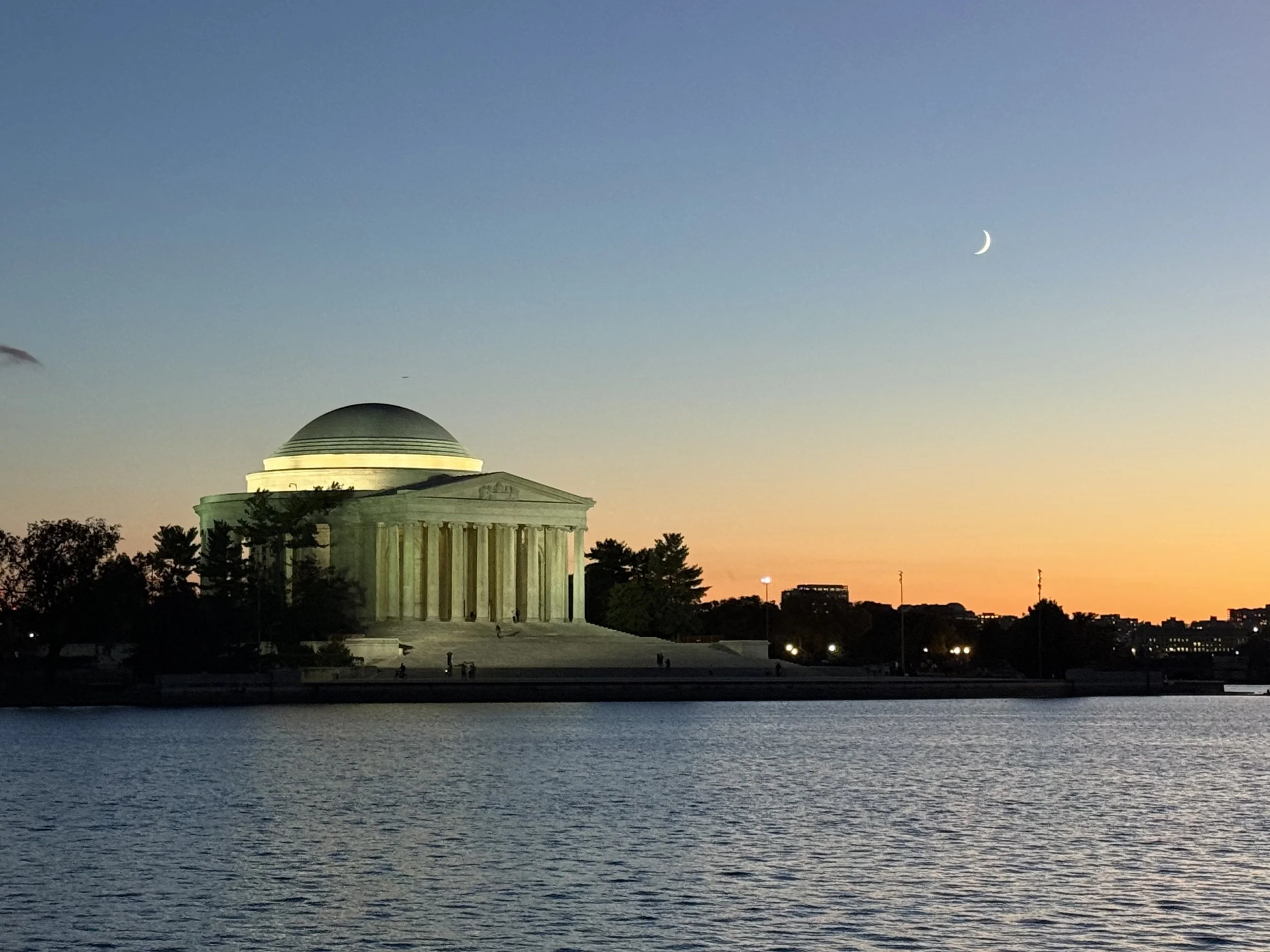Carbon Storage: Different State Approaches to the Underworld
/Carbon capture and storage involves storing carbon thousands of feet below ground—often below farms, fields, and rural landscapes. But who owns the pore space so deep underground? State legislatures around the country have been trying to address this question, with some noted successes and failures. Protecting private property rights—even deep underground private property rights—is an important issue. So who is protecting your underground property rights?
In Greek mythology, the god of the underworld was Hades. He was assisted in his duties by his faithful three-headed guard dog Cerberus. Landowners need a Cerberus to protect their subsurface rights.
In Indiana, House Bill 1209 provides some protections for private property rights. It provides that subsurface pore spaces are owned by the surface property owner (unless those rights were previously granted to someone else). The 2022 law also sets up a mechanism by which property owners can “integrate” their subsurface pore space together to make a storage facility. If all the owners of the pore space do not agree to integrate their interests, the DNR can require the owners to integrate their interests and to develop the pore space if the owners of at least 70% of the pore space give their consent. HB 1209 also limited subsurface trespass liability for a carbon storage operator unless the plaintiff can show the carbon injection was a nuisance or caused an injury.
North Dakota legislators passed Senate Bill 2344 in 2019. The bill was designed to encourage the use of carbon capture, utilization, and storage. It allowed oil and gas operators to use subsurface pore space and denied the surface owner the right to exclude others or to demand compensation for this subsurface use. The law basically prevented a surface owner from seeking compensation relating to certain uses of his or her subsurface pore space. A landowners group filed suit challenging the law, and the North Dakota Supreme Court held most of the law was unconstitutional. The Court affirmed the rights of surface owners to profit from use of pore space for carbon disposal or storage and to seek damages for unauthorized injection or migration into pore space.
At least one state—Iowa—is considering 2023 legislation for pipelines that would capture and carry carbon away from ethanol plants. Of course, for carbon storage to work, a project requires pipelines to bring the carbon to the storage area. This requires securing land rights, easements, and negotiations with property owners.
Montana, Wyoming, Oklahoma, California, Kansas, Texas, and Illinois also have laws on the books addressing subsurface pore space ownership and liability issues. Other states will no doubt follow. We may even see local governments attempting to legislate carbon storage through land use ordinances. Some governments seem to favor being a Cerberus for landowners—protecting underground private property rights. Others lean toward incentivizing carbon capture projects for economic or environmental reasons. Where does your state land?




